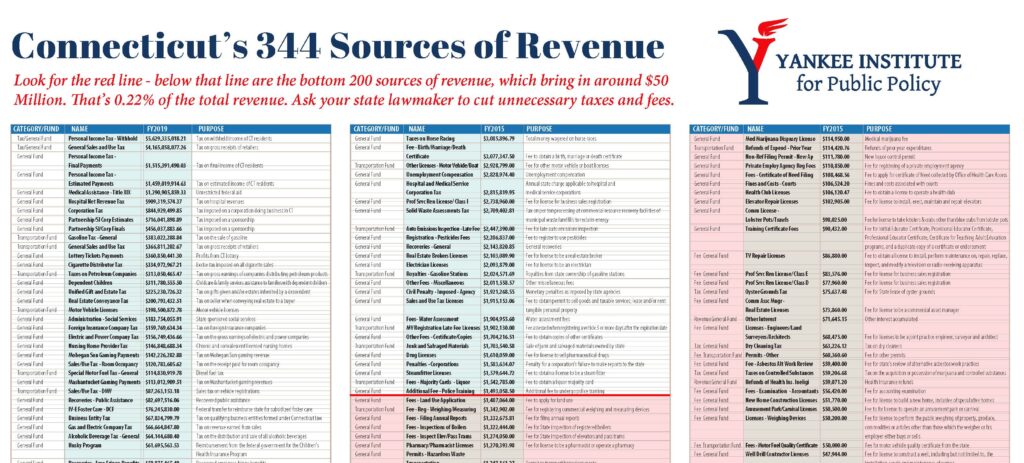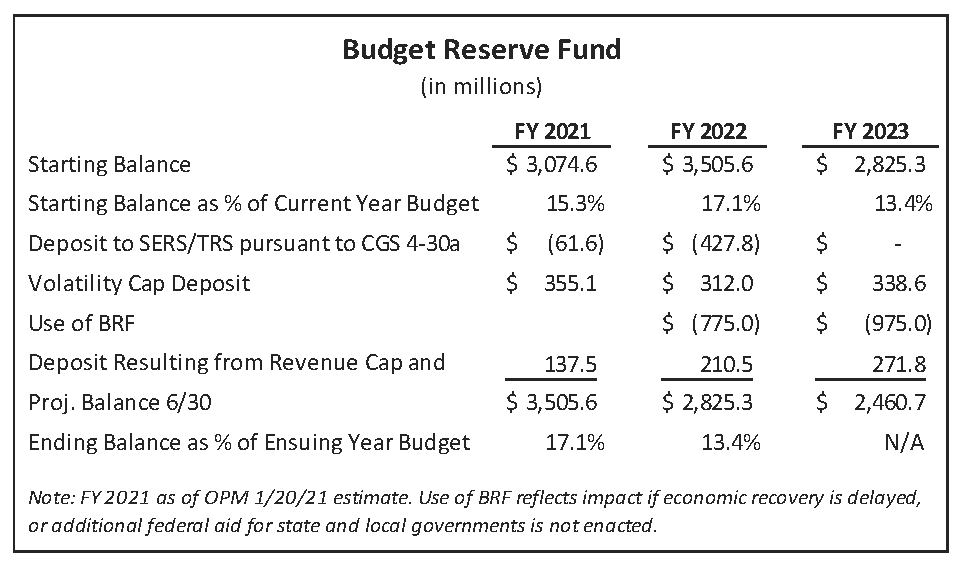The Biden administration is on a massive spending spree. Connecticut progressives want to follow suit. Last week, Biden released a “trial balloon” proposing how to pay for his spree. Unsurprisingly, the idea is massive tax increases for corporations and upper income individuals, including a near doubling of the top capital gains tax rate from 23.8% to 43.8%.
Connecticut’s progressives have proposed more than a billion dollars of new spending, primarily on vague social justice goals, to be funded by new taxes imposed almost exclusively upon upper income taxpayers, including a capital gains tax surcharge. A new largely unaccountable off-budget vehicle is to carry out the new spending and collect the new taxes, and, thus, be exempt from budget restraints meant to prevent unaffordable spending.
The new federal taxes will render the new state taxes unnecessary and counterproductive -- unnecessary, because federal capital gains tax increases always result in huge one-time surges in federal revenue and in state revenue in any state which taxes capital gains, including as part of regular taxable income, as Connecticut does now.











